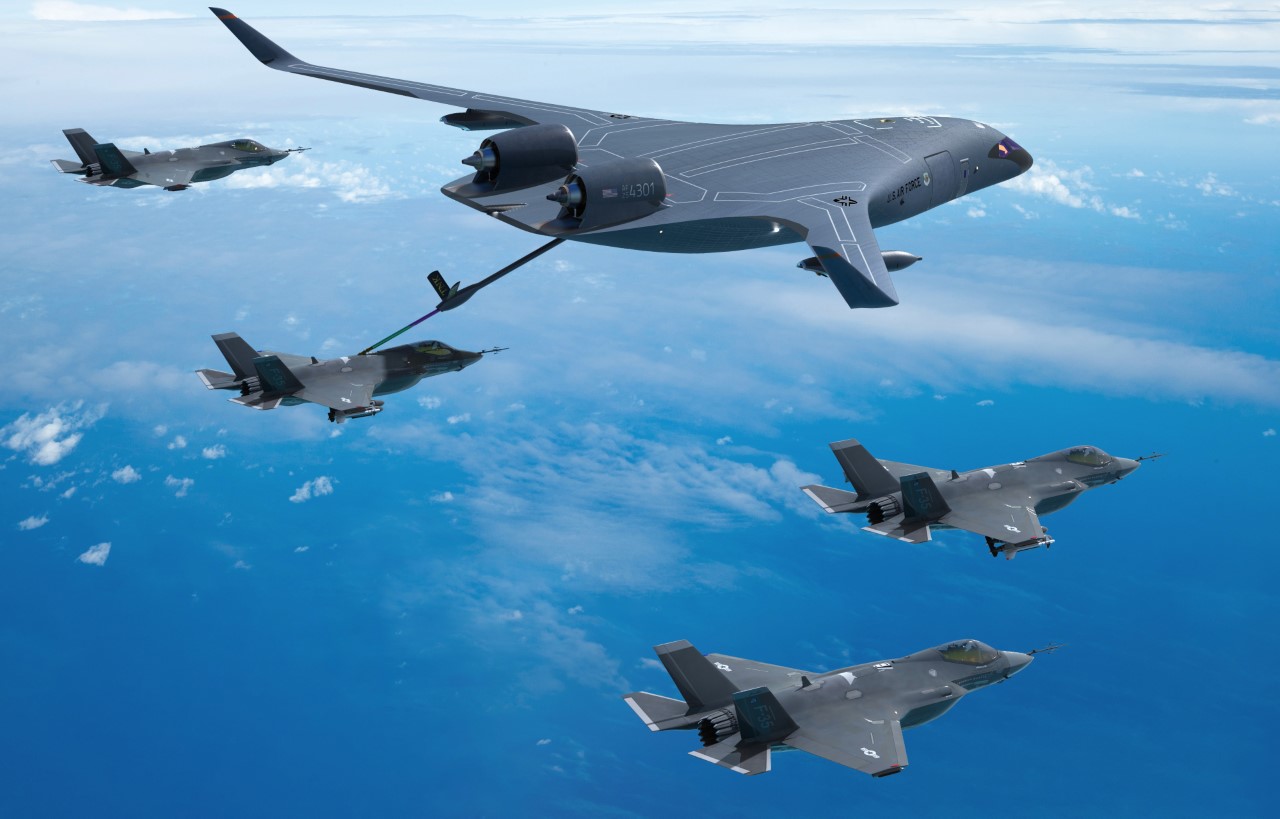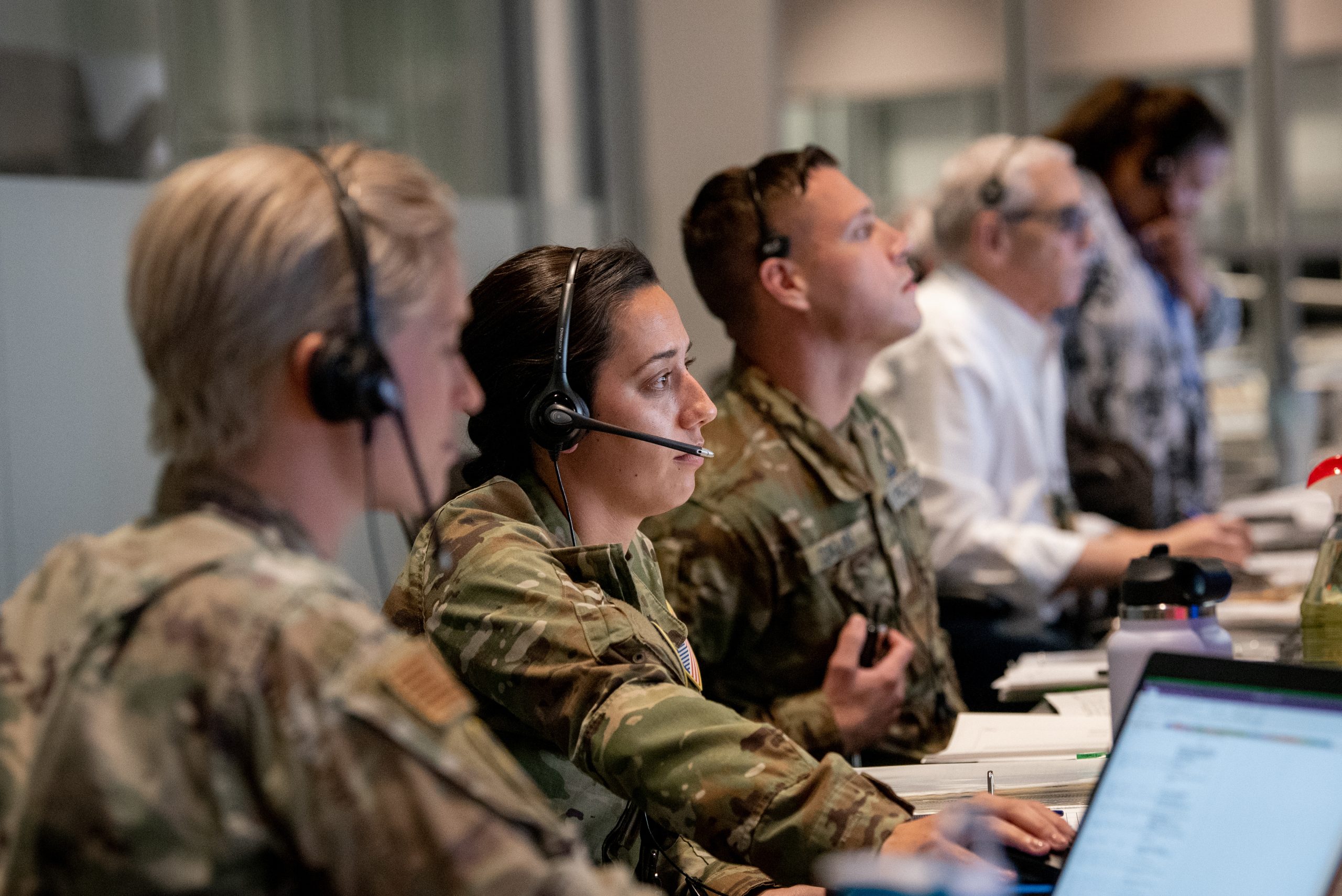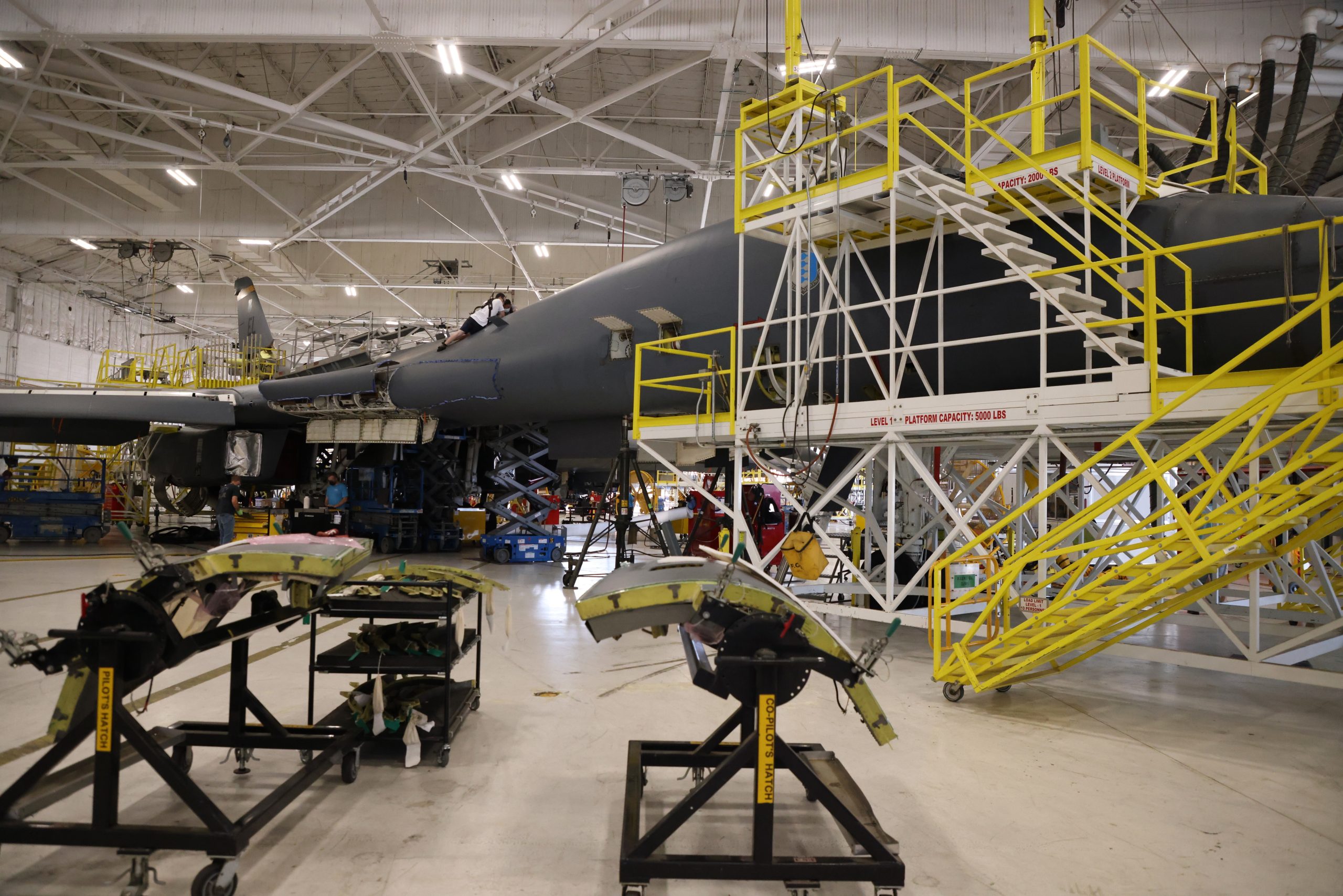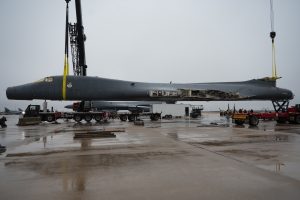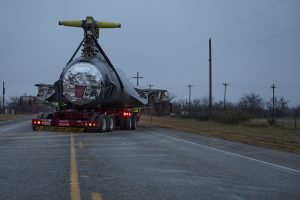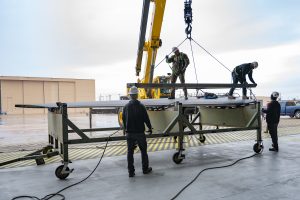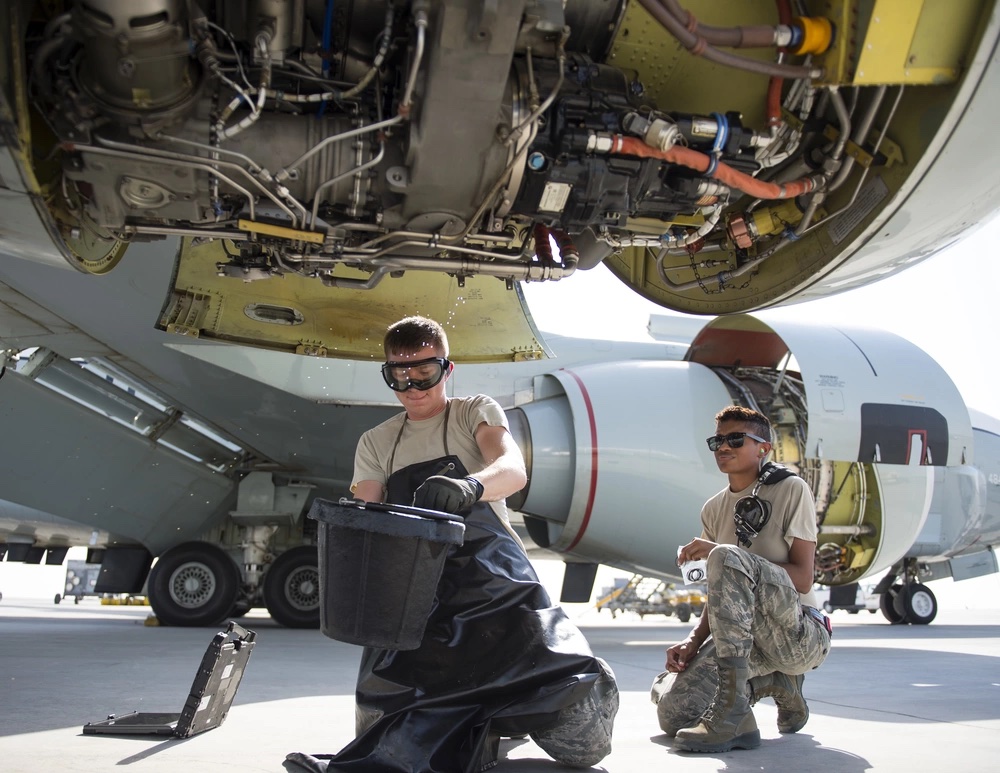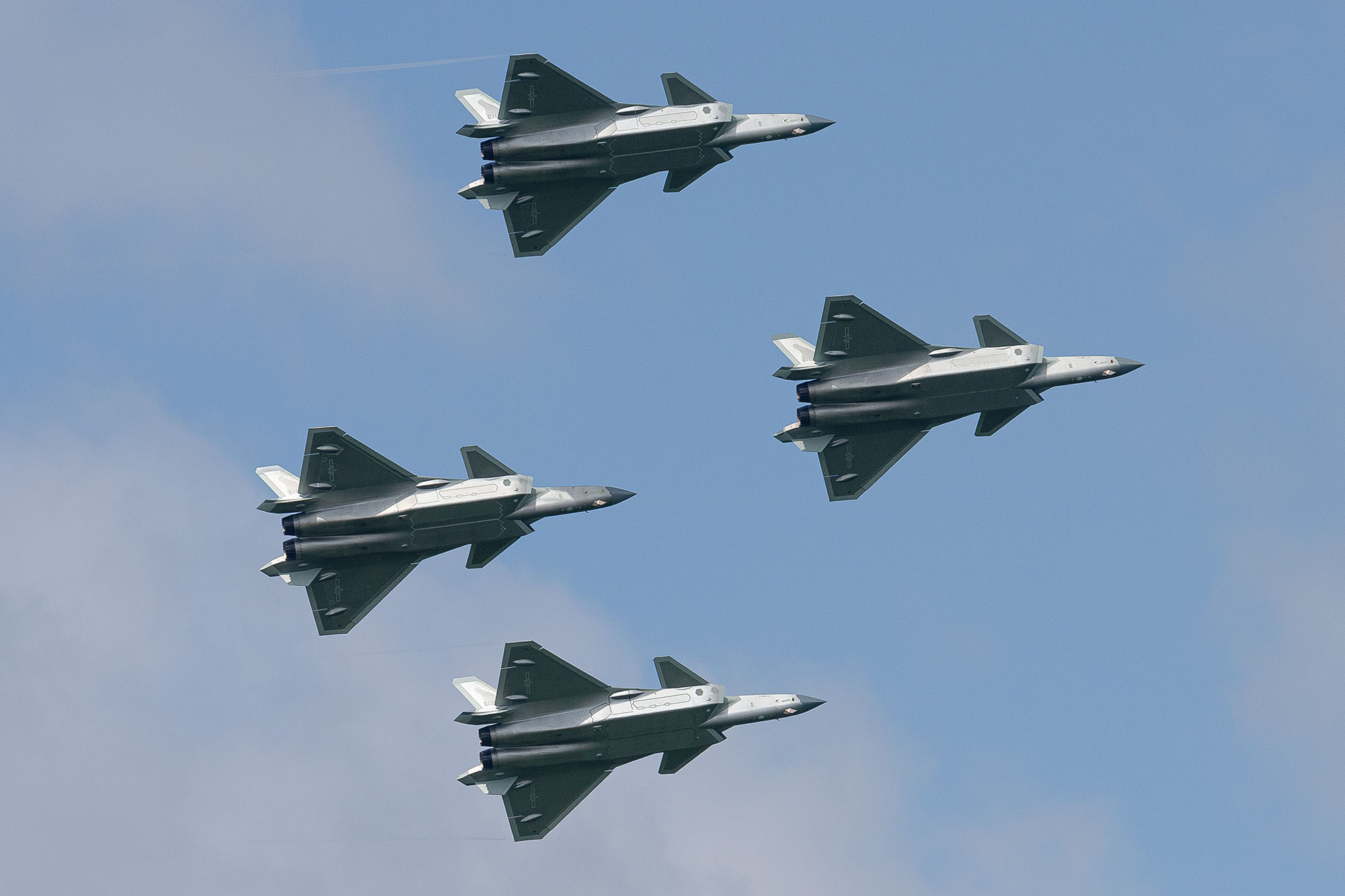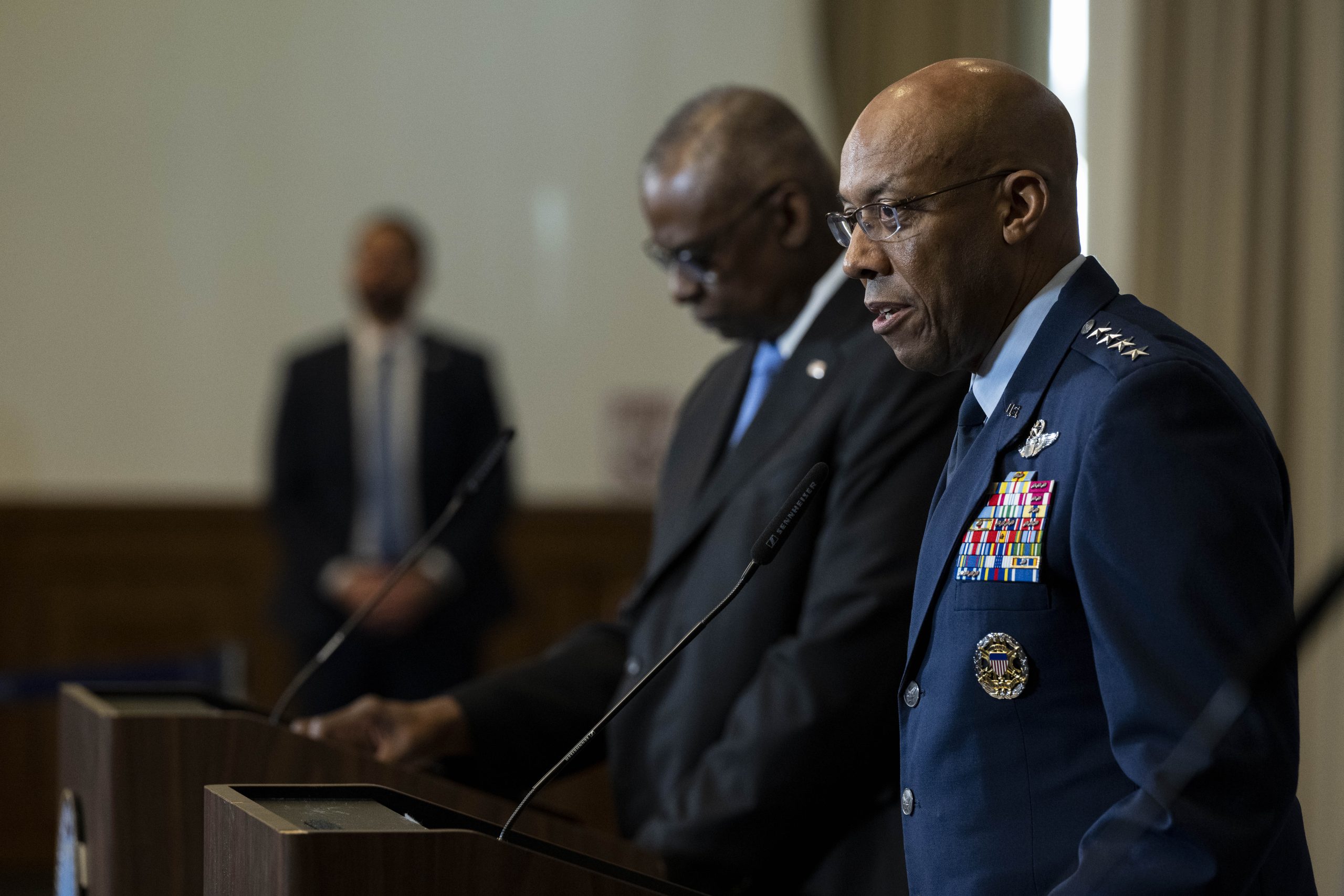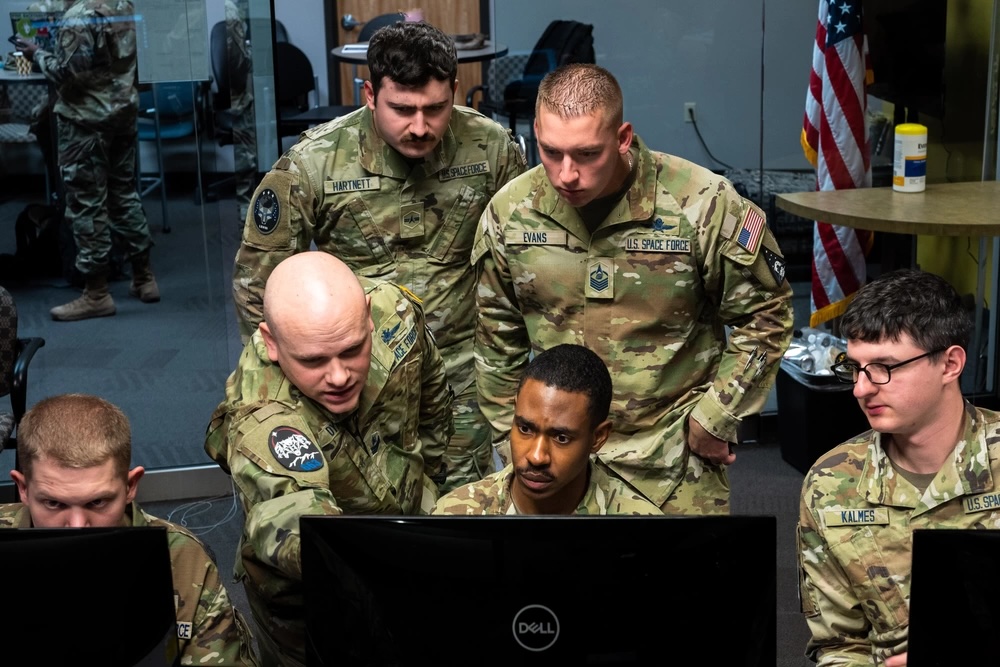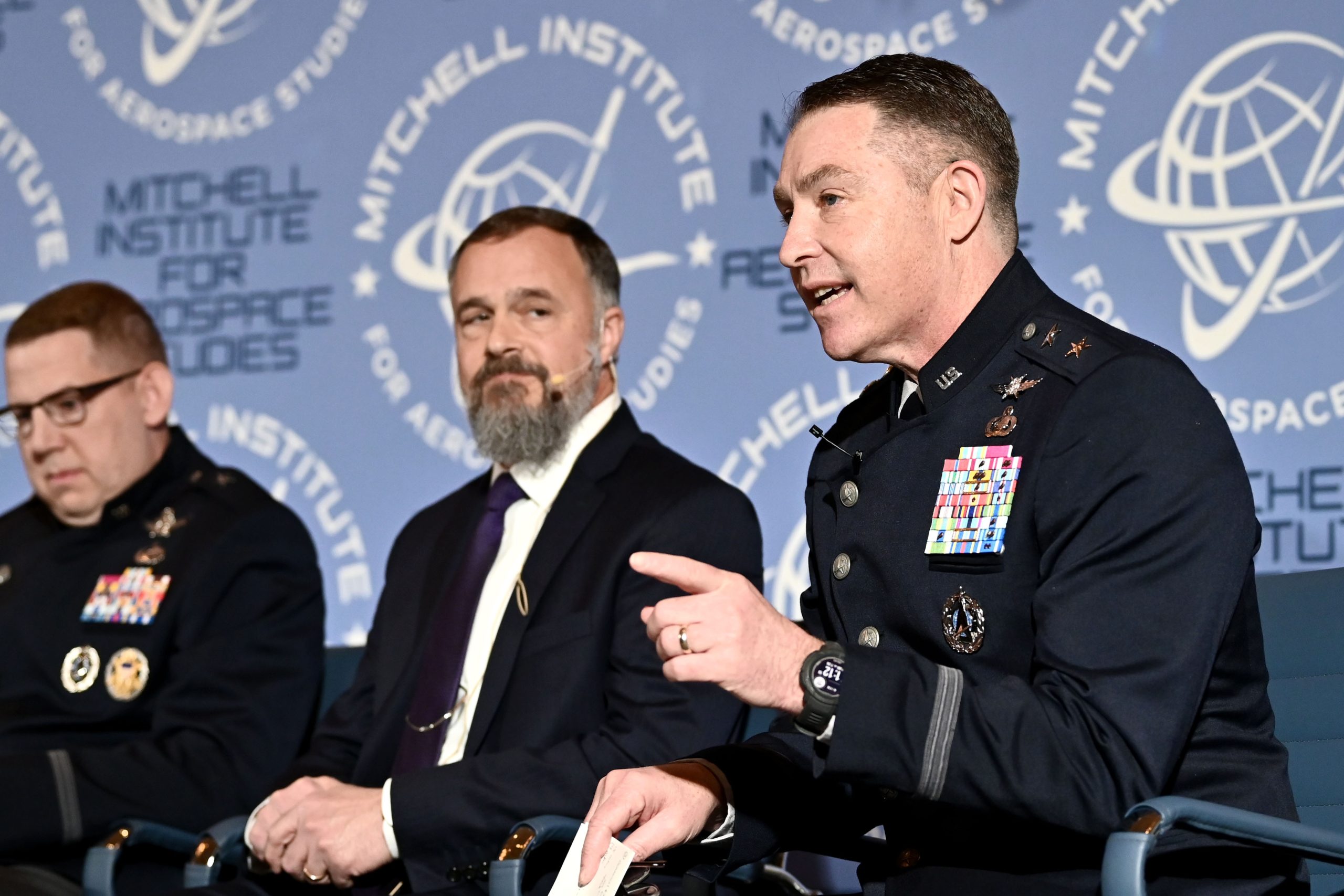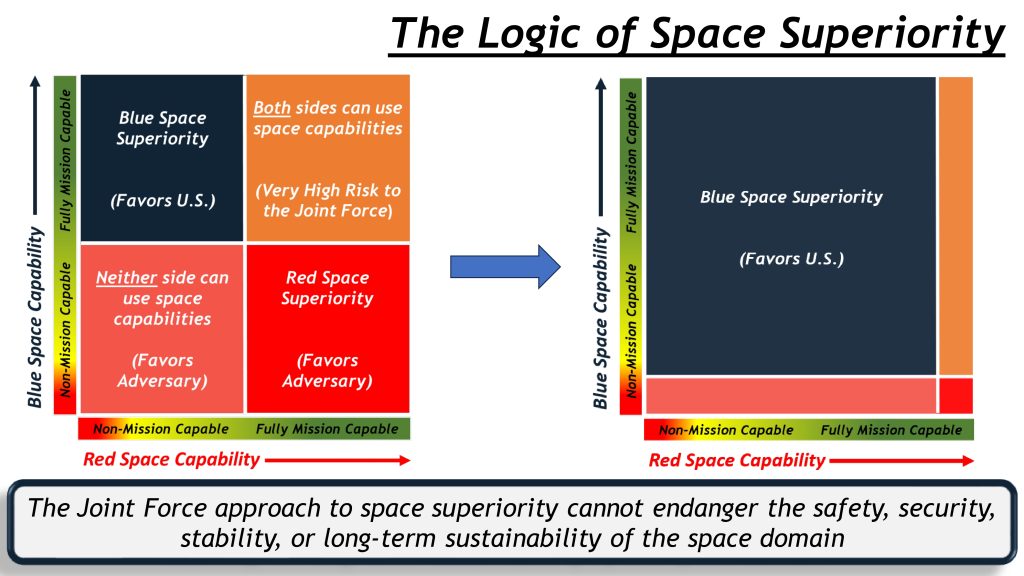The ongoing “re-optimization” of the Air Force will ensure that mobility isn’t left behind as new fighters and bombers come into being, Air Mobility Command boss Gen. Michael Minihan said March 28. New kinds of airlifters and tankers with varying degrees of stealth will be needed to complement the shooters, he said, and USAF’s new requirements organizations will advance the various elements of the force together.
Speaking on a Defense One webinar, Minihan said the service’s new Integrated Capabilities Command—one of the principal new organizations announced as part of the re-optimization—will ensure the entire force is crafted to fit together.
“I was not overwhelmed with the roles that I had when it comes to developing the force of the future,” he said. “But the integration needed at the higher level … is absolutely something that needs to be addressed aggressively.”
In the 1950s, Minihan noted, the B-52 was developed in parallel with the KC-135, on which it depended, to complete the strategic mission “as a system.”
Now, “we tend to think of the mobility platforms as an afterthought when it comes to the next generation of fighters and bombers,” Minihan said. As a result, airlift and tanker platforms now significantly trail fighters and bombers in sophistication.
With Integrated Capabilities Command, “I think that ‘integration’ is going to be the key word of those three. The most important is that we integrate together,” Minihan said. Fighters, bombers, tankers, mobility, and weapons must be developed “as a system moving forward,” he said.
AMC will contribute experts to the new command to aid the process, Minihan said.
“I’m very grateful that this is being stood up and I think that we’re going to depart sharply from the status quo that has mismanaged the integration and we’re going to get to a higher place in a very good way,” Minihan said.
Meanwhile, AMC will maintain its strong operational focus, Minihan said, working hand-in-glove with Transportation Command, Strategic Command and Northern Command.
Minihan acknowledged that much of the airlift fleet “is old,” but demand from combatant commanders has not slowed. As a result, the fleet needs new platform investment.
“I want to put a team on the field that’s ready to handle the full spectrum of operations that may come our way,” Minihan said.
But “it’s not a ‘one size fits all’ approach,” he added.
Part of the fleet can operate in uncontested environments, while another piece will need to function in what Minihan called “semi-permissive” areas where “there could be everything from a low to medium threat, perhaps, to no threat.”
Finally, “we’ve got to have a fleet that can go into the high weapons engagement zone that has an enormous amount of risk,” he said.
Airlifters can shoot palletized munitions like the AGM-158 JASSM-ER, or launch decoys en masse, he said. They could also launch smaller aircraft to send a life raft to a downed Airman or a radio battery to ground troops, among other actions.
“If we take advantage of an effects-bases [mindset] instead of a platform-based, I think we’ll develop a very aggressive, highly integrated systems approach to supporting the Joint Force,” he said.
It’s too early to say how many stealthy and non-stealthy future aircraft are needed, Minihan said. It’s “important that that we look at the systems approach much more broadly than just the threat,” he noted.
However, “I believe the majority will be in the medium range that can go both ways.” Some of those aircraft of the future “look very close to what we do now.”
The Air Force plans to buy about 75 tankers to recapitalize its KC-135 fleet and keep air refueling aircraft in production until the Next-Generation Air Refueling System (NGAS)—a low-observable refueler—arrives in the mid-to-late 2030s. The tanker could be the Boeing KC-46 already in production, or another type, such as the A330 Multi-Role Tanker Transport being offered by Airbus.
Beyond that, however, Air Force Secretary Frank Kendall has said the service can no longer rely on “tube and wing”-type airlifters and tankers based on commercial aircraft.
Tankers in or near the battlespace “will be smaller fleets that have higher capabilities and have qualities that give them success,” Minihan said. They won’t necessarily have the same degree of stealth as fighters and bombers, “but I’m looking for low observable qualities,” as well as vertical takeoff and landing qualities.
“I don’t necessarily think it’s an exact mimic of what the what the fighters and the bombers look like,” he added.
Minihan reiterated his goal of outfitting 25 percent of the mobility enterprise with connectivity upgrades for the entire joint force by 2025.
“That’s about 250 airplanes,” but it’s also mobility headquarters and air operations centers, air mobility operations wings and contingency response units, he said.
“So I’m looking at the total enterprise when it comes to the 25 by ‘25,” Minihan said.
There’s “a lot of real estate” on AMC’s aircraft “that could do so much more than tanking and lift.” Minihan envisions tankers and airlifters functioning as communications relays and internet providers in the battlespace, with minimal changes to the aircraft and low-cost technology.
“This is not about Air Mobility Command,” he said. “This is about supporting the joint team first. And this is about supporting partners and allies second, so the best way we do that is connectivity.”
Such changes are likely to be deployed across the board, so AMC can “see what works best” before deciding where to invest more, he added.
“I’m willing to take risk here, because the risk of the status quo is not acceptable,” Minihan said. “And we’ve proven that both in real world operations [and] exercises that we’ve completed over the last two and a half years.”
